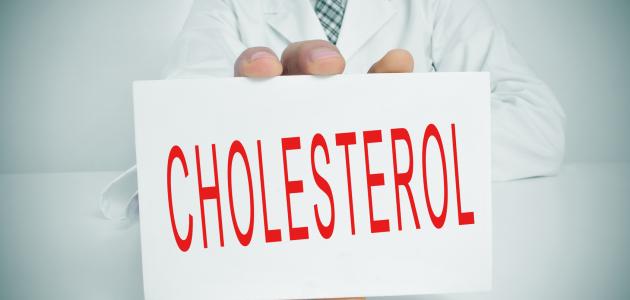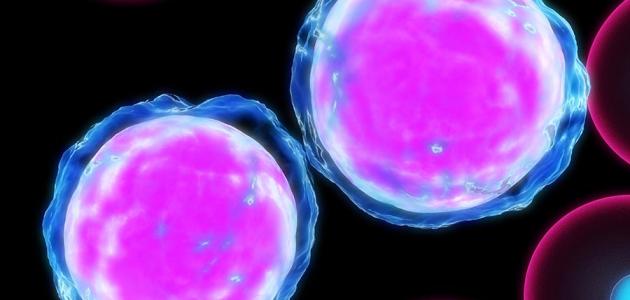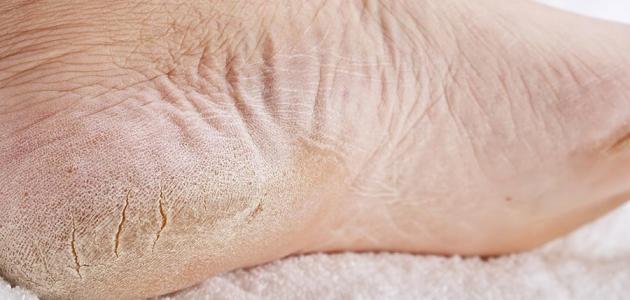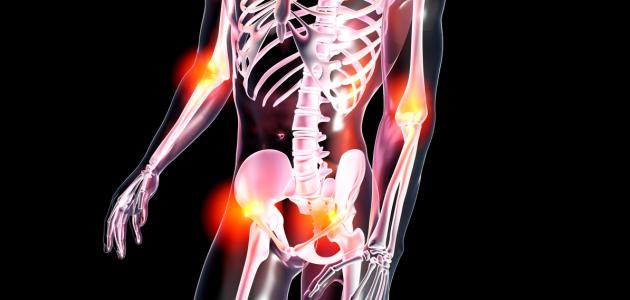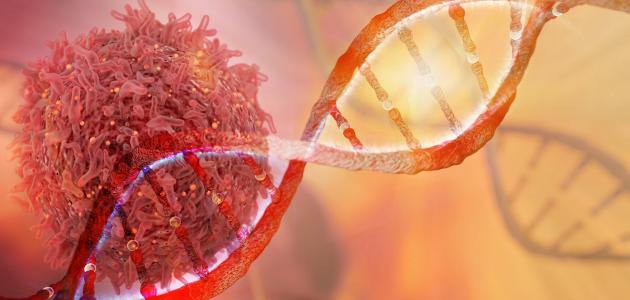Contents
Hereditary cholesterol disease
Cholesterol is a waxy substance, found in small quantities in the cells of the body, and the accumulation of this substance on the walls of the arteries causes them to harden, causing severe complications, hence the definition of familial hypercholesterolemia can be defined as high cholesterol in the blood in general, and specifically the type Scientifically known as low-density lipoprotein, and this occurs as a result of the inheritance of genes responsible for this, and hereditary cholesterol disease is one of the most severe and dangerous types of high cholesterol diseases , as it accompanies the patient from birth, and this type is also called high cholesterol It is worth noting that this disease is common, affecting one out of every 500 people in the world, [1]In fact, the gene that causes familial high cholesterol causes an imbalance in the liver's ability to get rid of the excess low-density lipoprotein in the body [2] , which leads to an increase in its level in the blood, and its accumulation in the walls of the arteries, and therefore increases the possibility of developing atherosclerosis. Heart attacks, heart disease at an early age, and the risk of stroke also increases. [1]
Types of hereditary cholesterol disease
The genetic mutation that causes hereditary cholesterol is inherited from one or both parents, and accordingly, hereditary high cholesterol disease can be divided into two types, and they are as follows: [3]
- Heterozygous familial high cholesterol disease; This type of inherited cholesterol disease occurs when the gene mutation responsible for this disease is inherited from one parent only and not the other.
- Homozygous FH This type is rare, as homozygous familial high cholesterol occurs as a result of inheriting the genetic mutation that causes this disease from both parents, and it should be noted that people with this type of familial high cholesterol have very high levels of low-density lipoprotein in their bodies, as well as most People with this type of disease require appropriate surgical intervention.
Diagnosis of hereditary cholesterol
High cholesterol is diagnosed by following several procedures and tests that contribute to the detection of this disease, and among these procedures we mention the following: [1]
- Physical examination: The physical examination helps to detect the presence of any type of fatty deposits in the body, or the presence of any damage resulting from the high level of lipoprotein in the body.
- Blood tests: In this test, the general cholesterol level and the low-density lipoprotein level in the blood is detected, which is often high, and the doctor, through a blood test, tests the percentage of triglycerides or triglycerides, which are usually Its level is normal in the blood, in cases of hereditary high cholesterol, as the normal ratio of triglycerides is less than 150 mg / dL.
- Family history: A family history of heart disease contributes to identifying the risk of developing hereditary high cholesterol disease.
- Genetic testing: Genetic testing helps to detect familial cholesterol, and accordingly, appropriate treatment measures can be followed that reduce mortality rates resulting from heart disease at an early date.
- Heart exams: This includes an ultrasound test and a heart stress test.
Treating hereditary cholesterol disease
It is possible to treat hereditary cholesterol disease and reduce the general level of cholesterol in the blood, through the following: [4]
- Drug treatment: These drugs reduce the level of low-density lipoprotein (LDL) in the blood of people with inherited cholesterol, examples of which are the following:
- Statins Statins inhibit the liver’s synthesis of cholesterol, which leads to an increase in the liver’s activity in removing cholesterol from the blood. It also helps to reabsorb the cholesterol accumulated in the arterial walls , which contributes to reducing the risk of developing cardiovascular disease . Examples of this group are: Atorvastatin, Fluvastatin, Lovastatin, Pitavastatin, Pravastatin, and Simvastatin, Simvastatin.
- Bile-acid-binding resins; These drugs work to reduce cholesterol levels in the blood indirectly, by attaching cholesterol to the bile produced by the liver, which helps in the digestive process, as this link works to consume the excess quantities of cholesterol in the blood, in the manufacture of bile. On this drug group; Cholestyramine, colesevelam, and colestipol.
- Cholesterol absorption inhibitors; As these drugs reduce the intestinal absorption of cholesterol from food, and thus reduce cholesterol levels in the blood , an example of which is the drug Ezetimibe, and it should be noted that there are some combination drugs prepared from the combination of this drug group with statins; Through the use of these combined drugs, it is possible to reduce the intestinal absorption of cholesterol from food, and on the other hand, reduce the manufacture of cholesterol in the liver . Examples of this drug combination are the drug ezetimibe and simvastatin .
- Injectable drugs; They are new drug groups that are administered by injection, and that help reduce the level of low-density lipoprotein in the blood, by increasing the liver's absorption of this lipoprotein, and thus reducing cholesterol levels in the blood, and examples of these drugs are; Alirocumab and Evolocumab.
- Lifestyle change: There are several medical recommendations, according to which lifestyle change is the first line of defense against high cholesterol, and among these changes are the following:
- Increase physical activity and exercise.
- Eat foods that contain soluble dietary fiber, as it is recommended to consume 10-20 grams of it daily, which can be obtained from oats, peas, beans, apples , citrus fruits, and carrots.
- Reducing the proportion of saturated fat consumption, so that it does not exceed 30% of the daily calories intake.
- Maintain a healthy weight .
References
- ^ A b t "Familial Hypercholesterolemia" , Www.healthline.com , Retrieved 3-5-2018. Edited.
- ↑ "What is FH?" , www.thefhfoundation.org , Retrieved 3-5-2018. Edited.
- ↑ "Familial Hypercholesterolemia (FH)" , www.heart.org , 1-4-2017, Retrieved 3-5-2018. Edited.
- ↑ "Familial hypercholesterolemia" , www.mayoclinic.org , 17-11-2017, Retrieved 3-5-2018. Edited.
